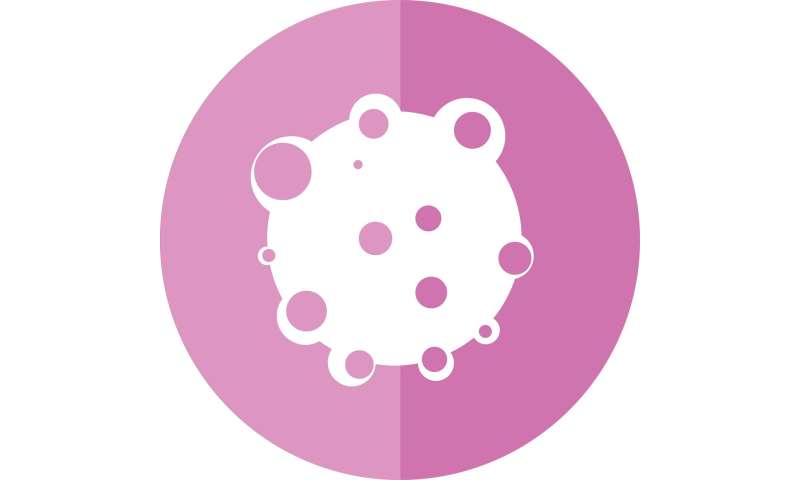
Research has shown that the tumor microenvironment (TME) can help cancers grow and evade the immune response. The TME has even been shown to inhibit cellular immunotherapy, a novel form of treatment in which the cells of a patient’s immune system are re-engineered in the lab to attack cancer cells. Therefore, scientists are now developing cellular immunotherapies that attempt not only to promote the anti-cancer activity of the immune system, but also combat the inhibitory effect of the tumor microenvironment. While it is straightforward to assess the effect of new therapies on the cancer cells, assessing the effectiveness on the TME is challenging.
A research team led by scientists at Baylor College of Medicine and Texas Children’s Hospital developed a new approach called nano-radiomics that utilizes complex analyses of imaging data to assess changes in the tumor microenvironment that cannot be detected with conventional imaging methods. This approach, published in the journal Science Advances, provides the promise of a new noninvasive means to enhance current imaging methods in measuring and monitoring the effectiveness of cellular immunotherapies designed to specifically target the TME.
“Understanding the response of the tumor microenvironment to anti-cancer therapy is becoming increasingly important,” said co-corresponding author Dr. Robin Parihar, assistant professor of pediatric hematology-oncology at Baylor and Texas Children’s and a member of Baylor’s Center for Cell and Gene Therapy, “particularly when the tumor microenvironment is inhibiting the anti-tumor effectiveness of cellular immunotherapies that are engineered to attack the cancer.”
Currently, imaging technologies such as computed tomography (CT) or magnetic resonance imaging (MRI) generate three-dimensional images that provide information about the overall tumor response to therapy, for instance, whether it is growing or shrinking, but provide very little, if any, information about the TME.
Parihar approached Dr. Ketan Ghaghada, assistant professor of radiology at Baylor and a member of the Translational Imaging Group (TIGr) at Texas Children’s, and their laboratories began a collaboration to develop a noninvasive method to assess the effect of a cellular immunotherapy treatment specifically directed at the TME.
Nano-radiomics unveils treatment effect on the tumor microenvironment
Parihar, Ghaghada and their colleagues developed nano-radiomics, a novel method that combines imaging technology using a nanoparticle contrast agent, with radiomics for computational mining of 3-D imaging data.
“Radiomics is an emerging area in the field of radiology wherein images are analyzed to extract information that may reveal patterns or textures in the tumor that are not visible to the naked eye. To enhance the quality of the images, we used a nanoparticle contrast agent developed in our lab that has a different pattern of distribution within the tumor than traditional contrast agents, one that is indicative of changes in the TME,” said Ghaghada, co-corresponding author of this work and a member of Baylor’s Dan L Duncan Comprehensive Cancer Center.
Source: Read Full Article
